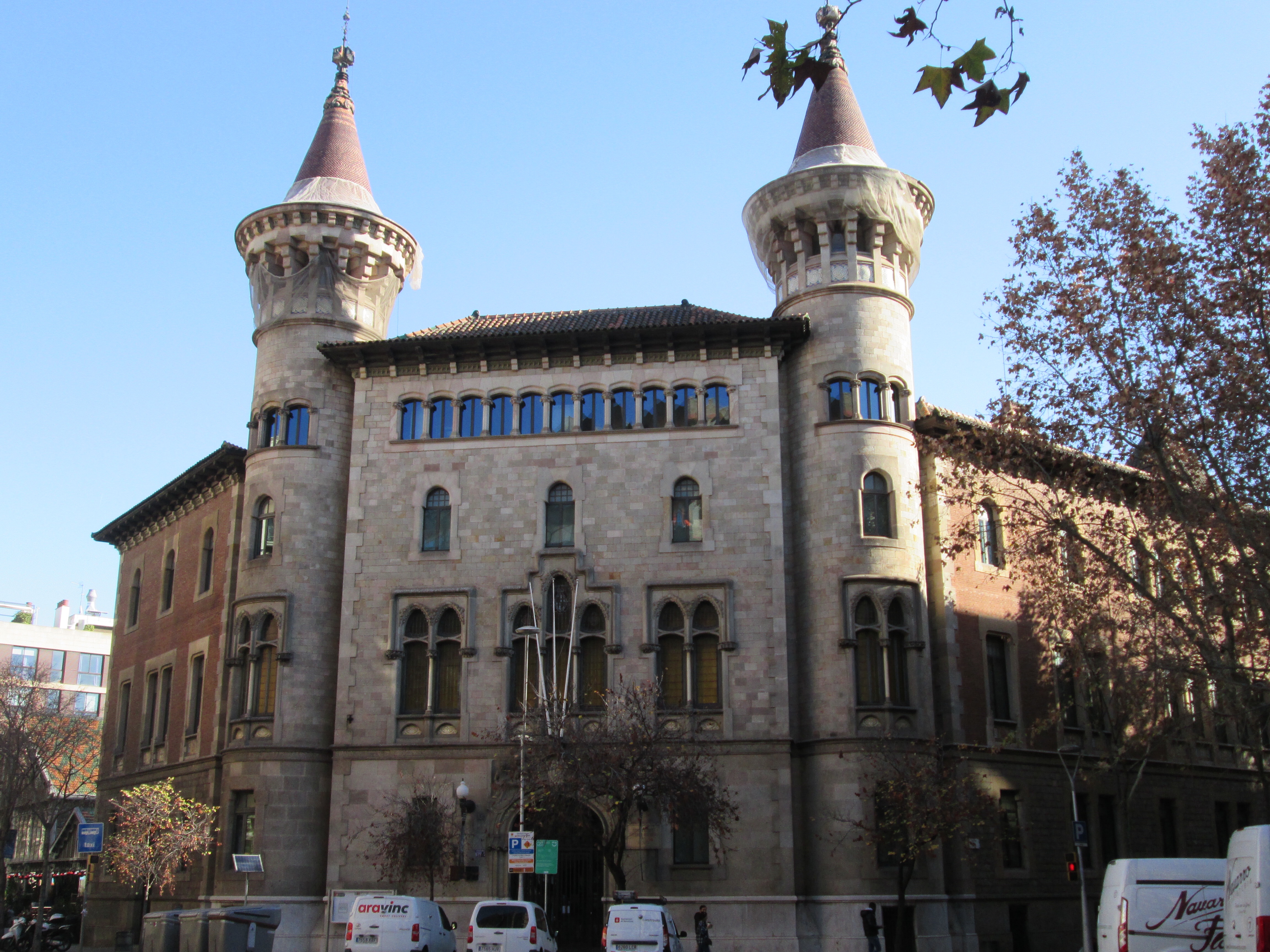Despite not being in the best of health throughout, it has been a great stay in this wonderful city. I’ve visited familiar places and several new ones, heard great music and seen amazing art. I need to catch a train from Passeig de Gracia around 14:30 to get to the airport in good time for security and check in so decide to forgo further wide exploration today and walk about other part of the Eixample. Apart from the Berasategui restaurants, there are other reasons to come back – I didn’t do the ‘immersive Dali experience’ at IDEAL, the Digital arts Centre, I didn’t get to the European Museum of Modern Art and of course I’d love to go to the Liceu Opera house again to hear something to my taste performed.
One of the things I love are elegant shop signs from the golden age. Dee had an obsession with door knobs and knockers, mine is with shopfronts. Dee also loved hat shops so there’s one here for her! I collected a few more this morning as I strolled the nearby streets. It’s a little more cloudy today but still pleasantly warm although down a bit from yesterday’s 22 degrees (that’s 72 Daisy).
I also snapped a few more of the elegant houses that jump out from the streets at regular intervals. It’s a city where you need to be sure to look up as you walk through the streets.
But I needed to look down at the top of the Passeig as I came across this excellent manifesto which is something that as a sort of creative I feel very strongly about. It’s set in the pavement outside a Barcelona city office.


Just round the corner at the Palau Robert a poster for an exhibition reminded me of a day in the spring when Frances, Rosa and I went to see Pedro Almodovar’s Parallel Mothers. Alongside the usual convoluted emotional stories of two women, he finally addresses the horrors of the Franco era. The film involves a search for the body of a great grandfather in a mass grave. The poster examines 85 years of trying to reunite families with lost relatives. So far of the 114,000 ‘disappeared’ only 19,000 have been recovered. As Almodovar said in a Guardian interview, ‘Now is the time to remember Franco lest his victims be forgotten’.

Inside the Palau is a much happier image – Barca’s first heroes. There are displays of other sports – boxing and motor sport very popular – and fashion during the early part of the 20th century. This is the 1919-20 season team that won the Catalunya championship as well as that of all Spain. The caption claims that the 20s was the decade when football became a mass popular sport.
Sipping a last beer before boarding the train I noted that at none of the bars I’d been to had I been offered the little complimentary dish of olives, crisps or nuts that had been common on previous trips. Now whether this is a factor of the cost of living crisis or just a metropolitan thing I’m not sure. Certainly the news programmes were filled with analysis of the government’s crisis measures – reducing VAT on food staples, capping fuel prices and handouts of 200 euros to those most in need as well as some measures to encourage businesses to recover. I didn’t find Barcelona quite as depressing as London from the point of view of rough sleepers and boarded up shops – but I was in a rather posh part of the city for most of my trip. And as I descended to the train station my last view was of Gaudi’s brilliant Casa Mila known as La Pedrera (the stone quarry). It was his final civic architecture before devoting his life to the Sagrada Familia. A fitting end to an excellent week in this great city.







